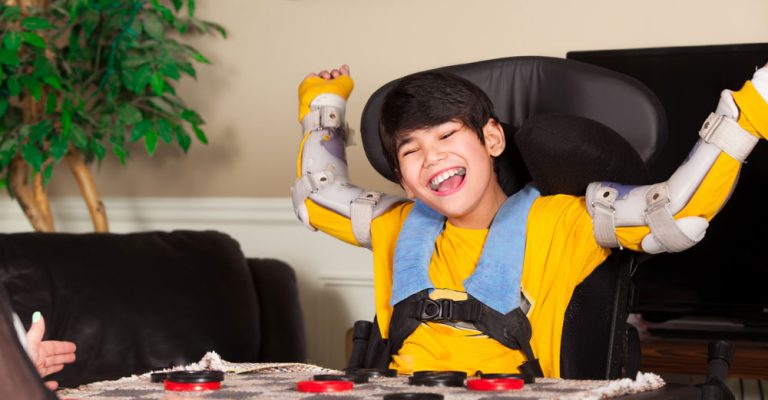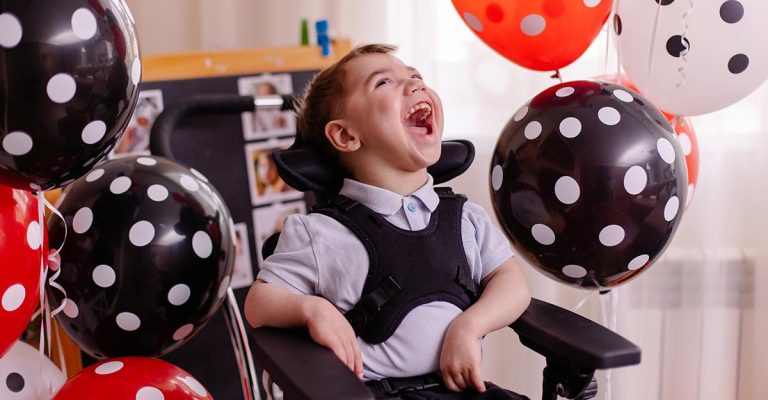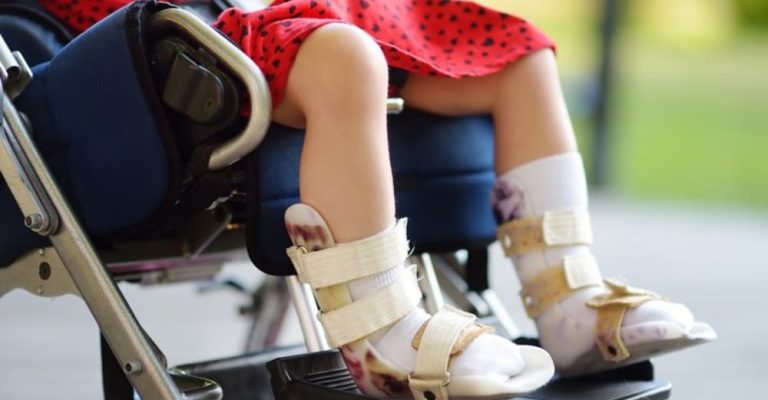
Cerebral palsy is a motor impairment that impairs bodily mobility. It may sometimes affect the whole body, but spastic hemiplegia only affects the left or right side. When a person with spastic hemiplegia has problems with mobility on either the left or right side of their body, it might interfere with their balance, walking, and involvement in everyday activities.
Fortunately, there are several rehabilitation treatments accessible.
Cerebral palsy/CP is the umbrella term encompassing mobility problems that afflict children throughout their development. Brain damage is the most common cause of cerebral palsy. The ensuing condition varies depending on whatever area of the brain is affected.
Spastic hemiplegia occurs when cerebral palsy affects just one side of the body. This illness requires a fundamental understanding of how the brain governs movement.
The brain is divided into two halves. The right hemisphere is in charge of movement on the left side of the body, whereas the left is in charge of movement on the right. As a result, when a person with spastic hemiplegia struggles to move on one side of the body, it is due to injury on the opposite side of the brain.
Damage to the motor cortex, in particular, causes spastic hemiplegia. This part of the brain is mostly in charge of executing voluntary motions.
While spastic hemiplegia is one of the most frequent kinds of cerebral palsy, everyone has a unique experience with it. Individuals may have various subsequent effects of varied severity depending on the level of brain injury.
Individuals with this kind of cerebral palsy have more severe motor deficits in the afflicted upper limbs than the affected lower limbs, which is a typical feature. Other frequent consequences of spastic hemiplegia will be discussed in the next section.
Spastic cerebral palsy is characterized by excessive muscular tone (spasticity). Spasticity occurs when the passage of signals between the brain and the muscles is disrupted, and the muscles stay involuntarily clenched.
Spasticity on just one side of the body might hinder a child’s development because it puts too much pressure on the joints and muscles. The impacted side may not be able to develop or operate as well as the non-affected side.
Spastic hemiplegic cerebral palsy (SHCP) impairs one side of the body’s motor function and may have a wide variety of consequences for an individual’s physical, cognitive, and emotional well-being.
The following are some of the physical consequences of cerebral palsy hemiplegia:
The following cognitive impacts may occur:
Cerebral palsy hemiplegia effects vary greatly from person to person and fluctuate over time as the individual grows and develops. Individuals with SHCP may benefit from early intervention and treatment to enhance their motor abilities, control symptoms, and improve their overall quality of life.
It’s also worth noting that the results might vary from person to person and are impacted by the intensity of the therapy and the resources available. It’s also critical to have a multidisciplinary team of healthcare specialists participating in the treatment to address all parts of the disease.

Cerebral palsy hemiplegia management may be difficult, but people can improve their motor abilities and general quality of life with the appropriate mix of therapies. Here are several methods for dealing with SH:
Physical therapy is an important part of treating cerebral palsy hemiplegia. Physical therapists help people with SH increase their muscular strength, range of motion, and coordination. Examples of therapies include exercises to promote flexibility, stretching, and massage to alleviate muscular stiffness.
The therapist may also use methods such as Bobath, Vojta, or PNF to work with the patient. Physical treatment for SH aims to increase mobility, decrease muscular stiffness, avoid contractures, and enhance the overall function and independence of the afflicted limb.
Another key part of addressing cerebral palsy hemiplegia is occupational therapy. Occupational therapists deal with people with SH to help them complete everyday tasks and develop fine motor skills. Exercises to enhance hand-eye coordination, dexterity, and the capacity to utilize assistive devices may be included.
Occupational therapists also assist with daily living activities (ADLs) such as dressing, eating, and grooming. They also assist patients in adjusting to their surroundings, offering adapted equipment and teaching energy-conserving strategies.
Orthotics, such as leg braces, may aid in the improvement of posture and the reduction of muscular spasms. Wheelchairs and other assistive equipment may help people gain mobility and independence. Orthotics may also be used to treat limb malformations like foot drops. They may also help to avoid contractures and support the injured limb.
Individuals with spastic hemiplegia must constantly practice utilizing their afflicted side appropriately in order to prevent developmental neglect. Constraint-induced movement treatment encourages the use of the afflicted arm while inhibiting the use of the non-affected arm.
The therapist would often tell the client to wear a glove or mitt on their unaffected hand to discourage its usage. The damaged arm is then subjected to extensive training. Therapists often advise patients to continue wearing the glove or mitt at home while undergoing extensive therapy to promote the use of the afflicted arm. Through repeated stimulation, the idea is to increase neuroplasticity.
Although it has not been explicitly researched in people with cerebral palsy, therapists may employ constraint-induced movement therapy in a similar way to increase the use of the afflicted limb.

Surgery may be recommended in difficult situations to enhance joint function and alleviate muscle stiffness. Tendon release, muscular surgery, or spinal fusion are all options for surgery. Only after a complete evaluation and consultation with a neurosurgeon and other healthcare specialists may surgery be considered.
Finally, cerebral palsy hemiplegia is a kind of cerebral palsy that only affects one side of the body. It is distinguished by increased muscle tone and rigidity on one side of the body, resulting in problems with fine and general motor abilities. Individuals with cerebral palsy hemiplegia may improve their motor abilities and general quality of life with the correct mix of therapies.
It’s crucial to remember that everyone’s experience is different, so working together with a team of healthcare specialists to establish a tailored treatment plan is critical. Individuals with SH may live full and active lives with the correct therapy and care.